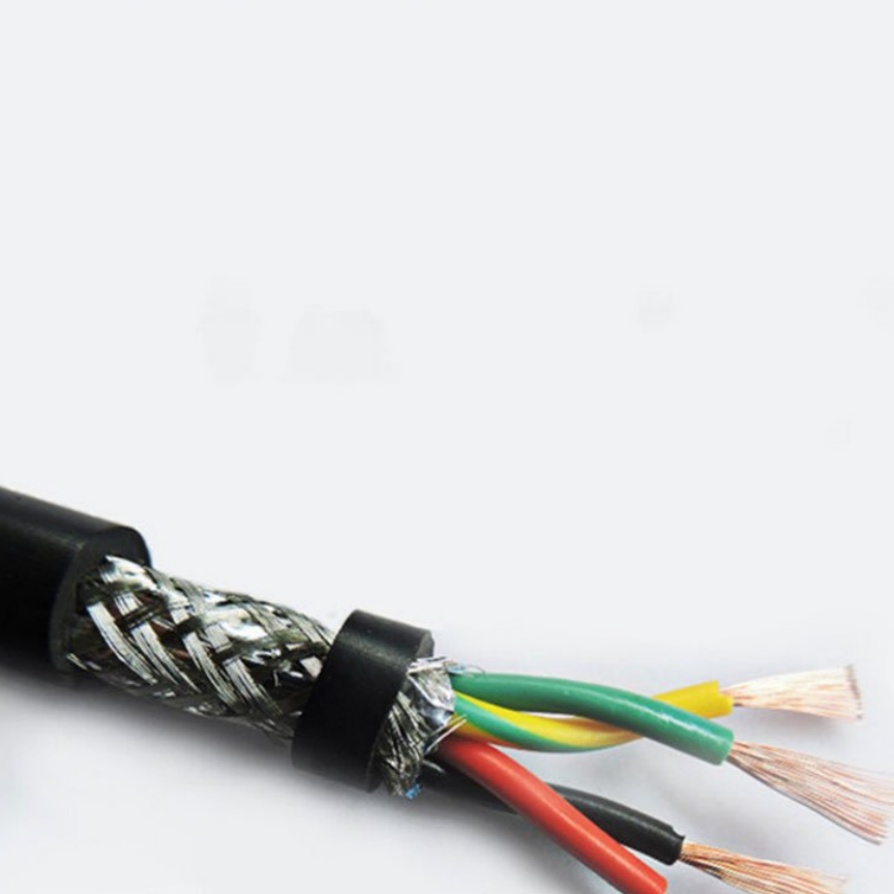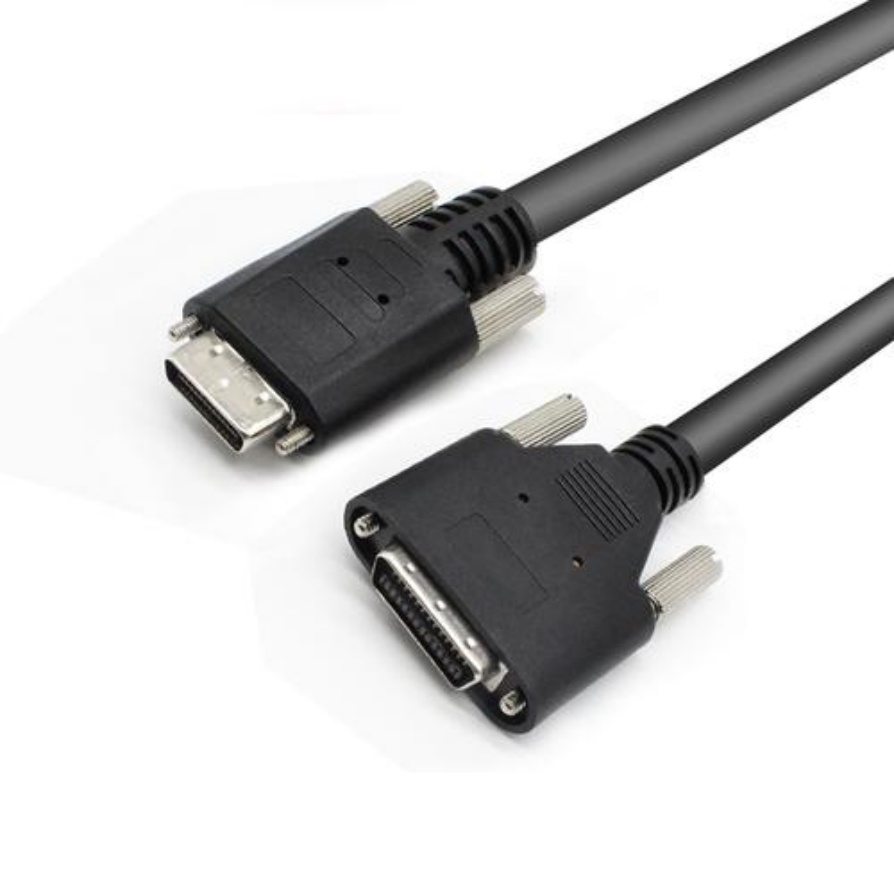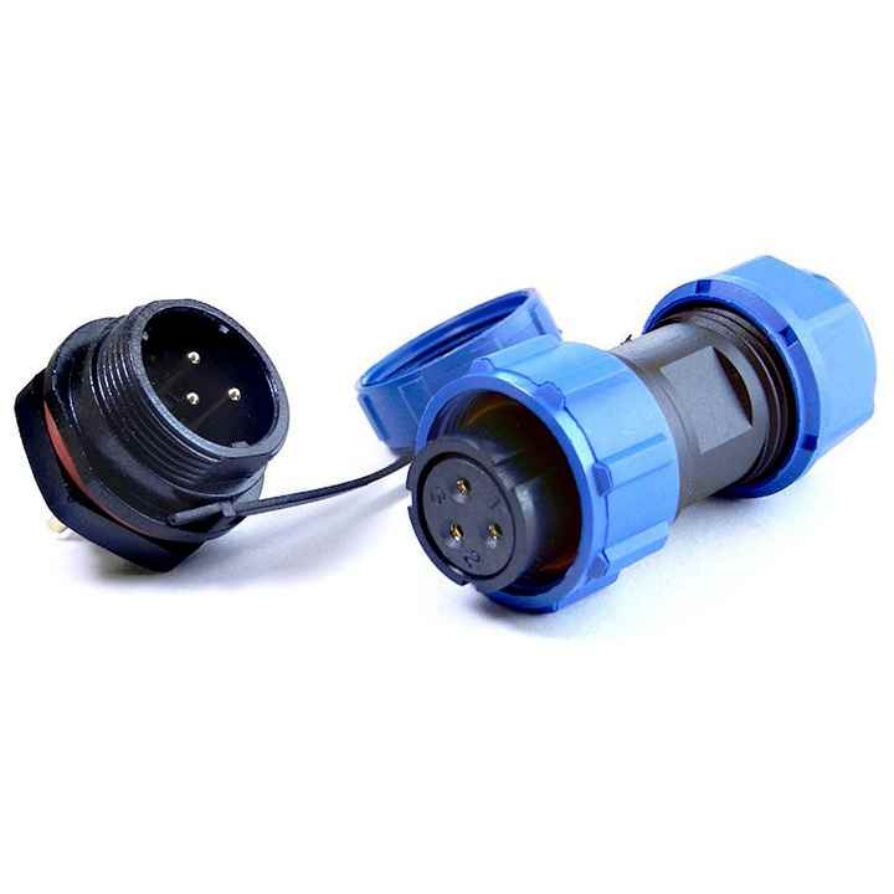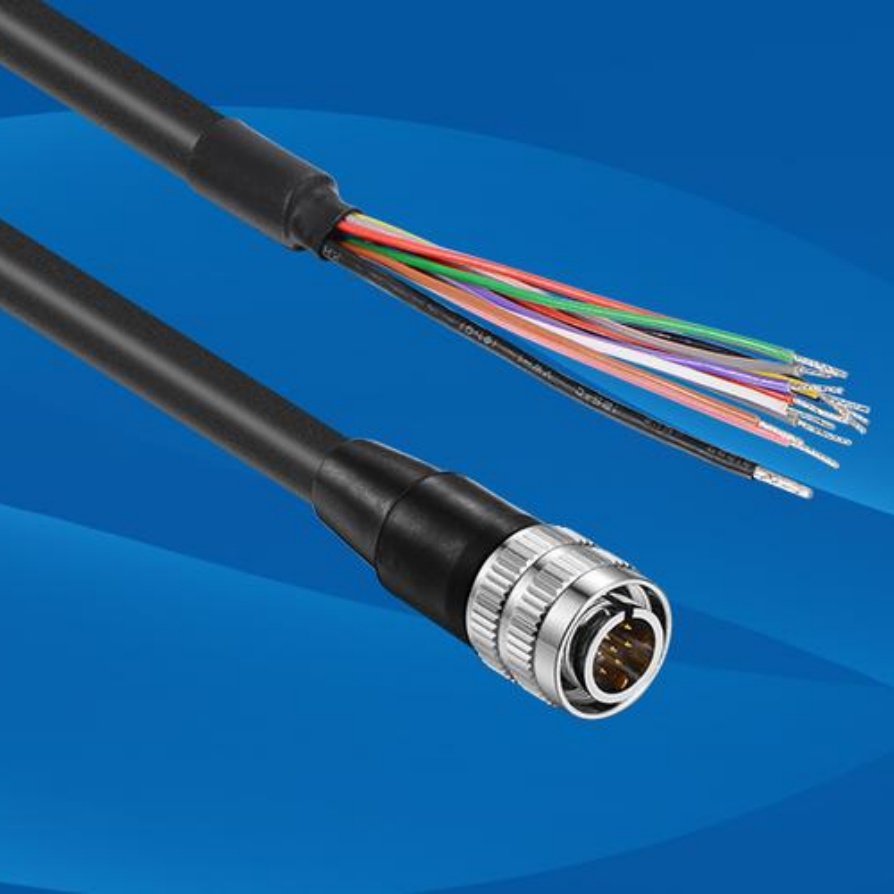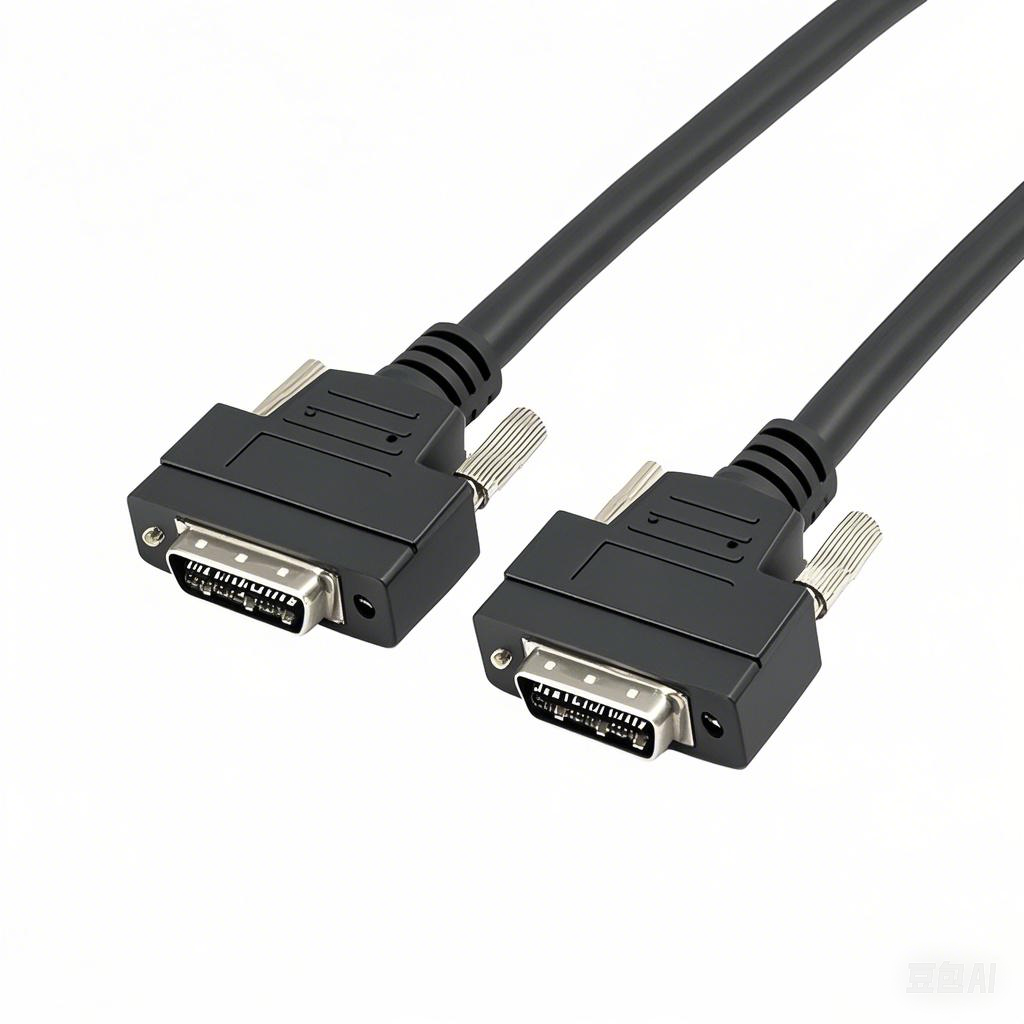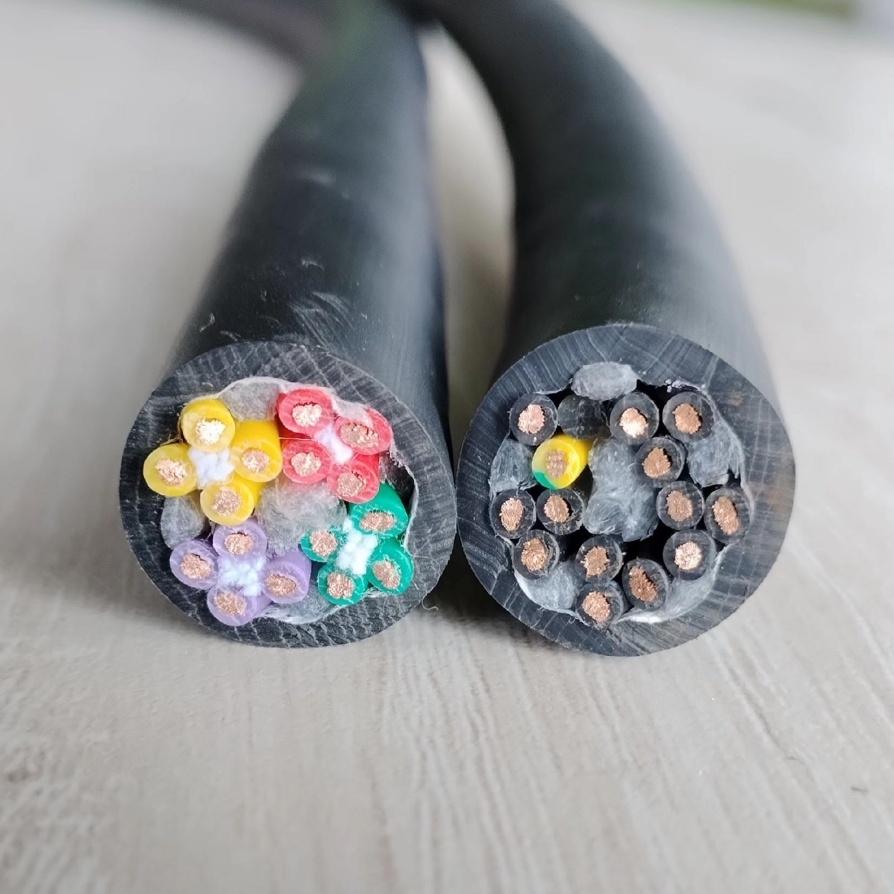AI-Driven Factories Need Next-Gen Machine Vision Cables
The rise of AI-driven factories—powered by real-time analytics, autonomous robotics, and adaptive production lines—has pushed machine vision systems to unprecedented performance thresholds. Cameras now capture 8K+ resolution at 120 fps, while AI algorithms demand flawless, low-latency data streams to optimize quality control and predictive maintenance. However, legacy machine vision cables, designed for simpler tasks, have become the weakest link in this data-hungry ecosystem. This article explores why next-generation cables are critical to unlocking the full potential of AI-powered manufacturing and how they address emerging technical and operational challenges.
1. The AI Factory’s Demands on Machine Vision Cables
AI-driven factories impose unique requirements that generic cables cannot meet:
Requirement Legacy Cable Limitations Next-Gen Solutions
Ultra-High Bandwidth Bottlenecks at >10 Gbps 48 Gbps+ (e.g., CoaXPress 2.0, USB4)
Sub-µs Latency Signal delays from attenuation/EMI Active optical cables (AOCs)
Multi-Sensor Sync Jitter disrupts timing across cameras Precision-clocked cables
Dynamic Environments Frequent failures in robotic arms Torsion-resistant, high-flex designs
Data Security Vulnerable to EMI eavesdropping Shielded, encrypted data protocols
Example: A Tesla Gigafactory study found that 30% of AI vision errors stemmed from cable-induced latency and noise during battery inspection.
2. Key Innovations in Next-Gen Machine Vision Cables
A. Hybrid Electrical-Optical Cables
Active Optical Cables (AOCs): Combine electrical connectors with fiber optics to transmit 100+ Gbps over 100m with near-zero latency.
Applications: 3D bin picking robots requiring real-time point cloud processing.
B. Enhanced EMI/RFI Shielding
Triple-Layer Shielding: Foil + braid + conductive polymer for >120 dB suppression in EMI-dense 5G/6G factories.
Shielded Connectors: Metal-shelled M12-X coding connectors with IP69K ratings.
Case Study: Siemens reduced AI false positives by 45% after deploying tri-shielded cables near arc welding stations.
C. Self-Healing and Predictive Cables
Embedded Sensors: Monitor temperature, bend radius, and impedance in real time.
Predictive Analytics: AI algorithms alert technicians to replace cables before failure.
Innovation: Igus’ “Smart Chain” cables transmit health data to factory IoT platforms, cutting unplanned downtime by 70%.
D. Torsion-Optimized Designs
Helical Shielding: Allows 500+ rotations without signal loss for collaborative robots (cobots).
Lightweight Jackets: Silicone-free PUR materials reduce cable mass by 40%, easing robotic arm strain.
ROI: Fanuc’s AI assembly line doubled throughput using ultra-flex cables rated for 20 million cycles.
3. Integration with AI and IoT Ecosystems
Next-gen cables are not standalone components but enablers of factory-wide intelligence:
Edge-AI Synergy: Low-latency cables feed data directly to edge AI processors, bypassing cloud delays.
Power-over-Data (PoD): Deliver 60W+ power alongside data (e.g., USB4) to simplify cable management.
Digital Twins: High-fidelity cable performance data improves simulation accuracy for AI-driven optimization.
Example: BMW’s digital twin system uses cable health metrics to simulate wear patterns and pre-optimize robotic paths.
4. Overcoming Adoption Challenges
While next-gen cables offer transformative benefits, factories face hurdles:
Challenge Solution
High Upfront Cost TCO analysis showing 300% ROI over 3 years
Compatibility Issues Hybrid connectors (e.g., M12 to fiber LC)
Skill Gaps Supplier-led training on installation/AI integration
Data Point: A McKinsey survey found 68% of manufacturers hesitate to adopt advanced cables due to unfamiliarity, not cost.
5. Future-Proofing for Emerging AI Workloads
Next-gen cables must evolve to support:
Holographic Imaging: Petabyte-scale data streams for AR/VR-assisted maintenance.
Swarm Robotics: Multi-terabit backhaul networks for synchronized drone fleets.
Quantum-Safe Encryption: Protect vision data from quantum computing threats.


